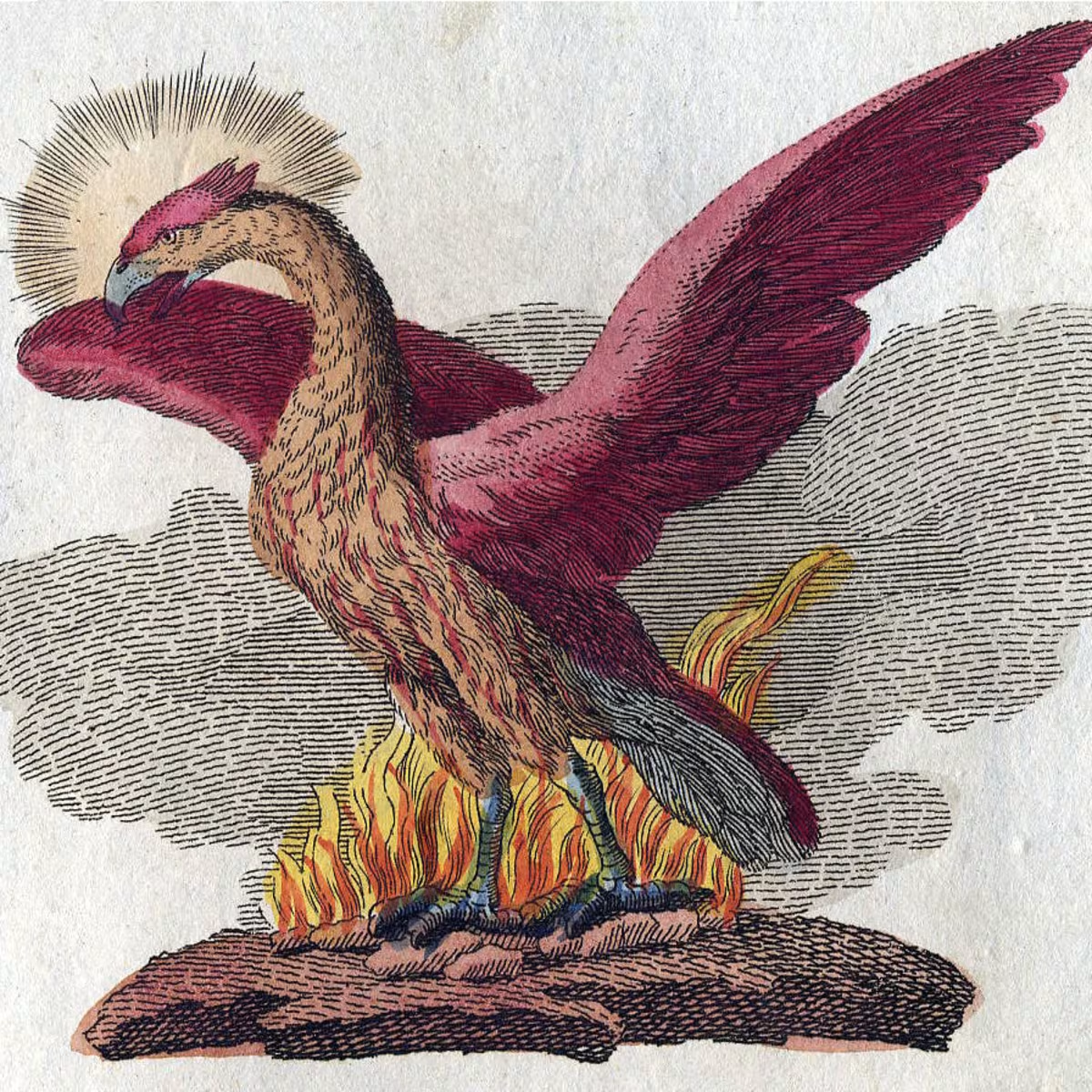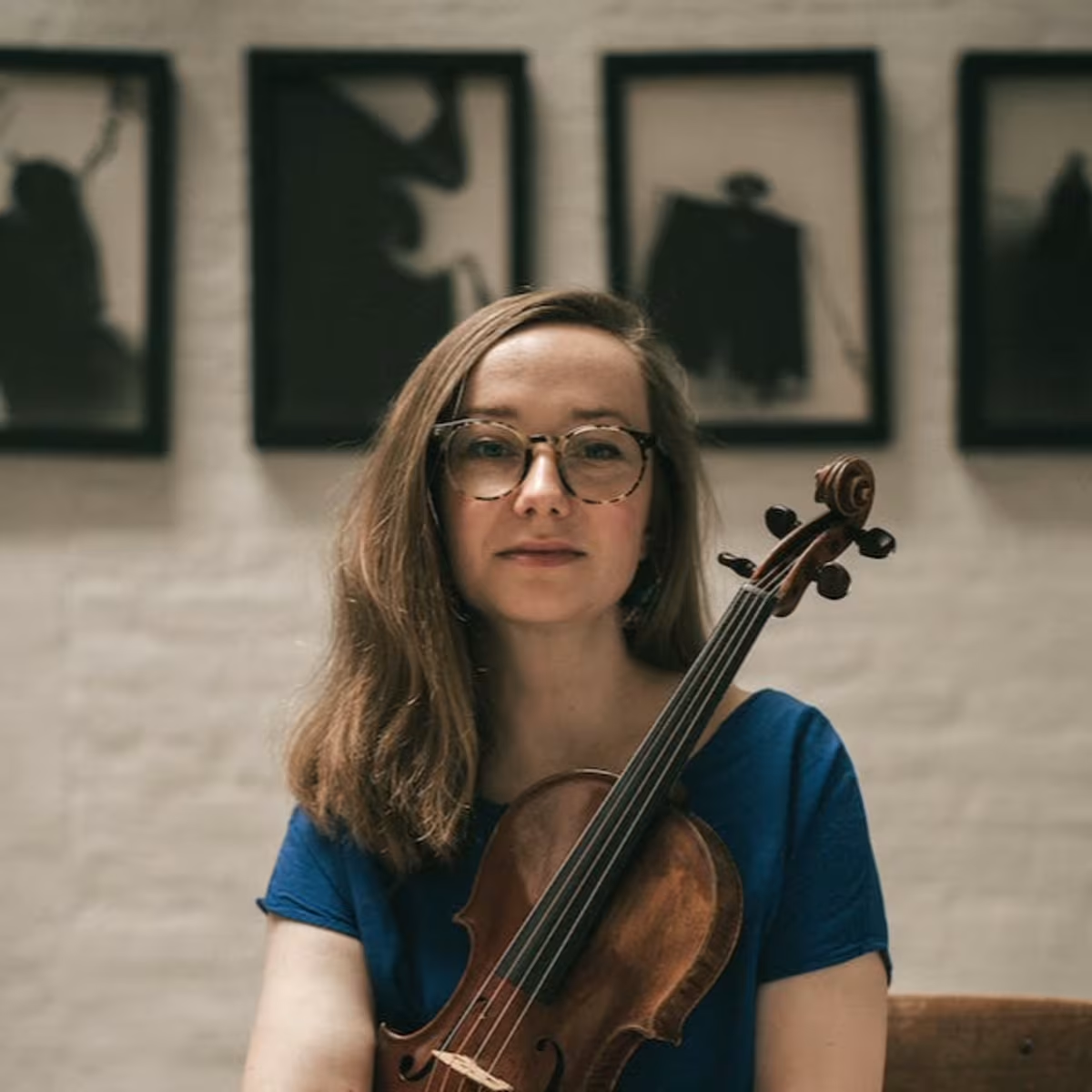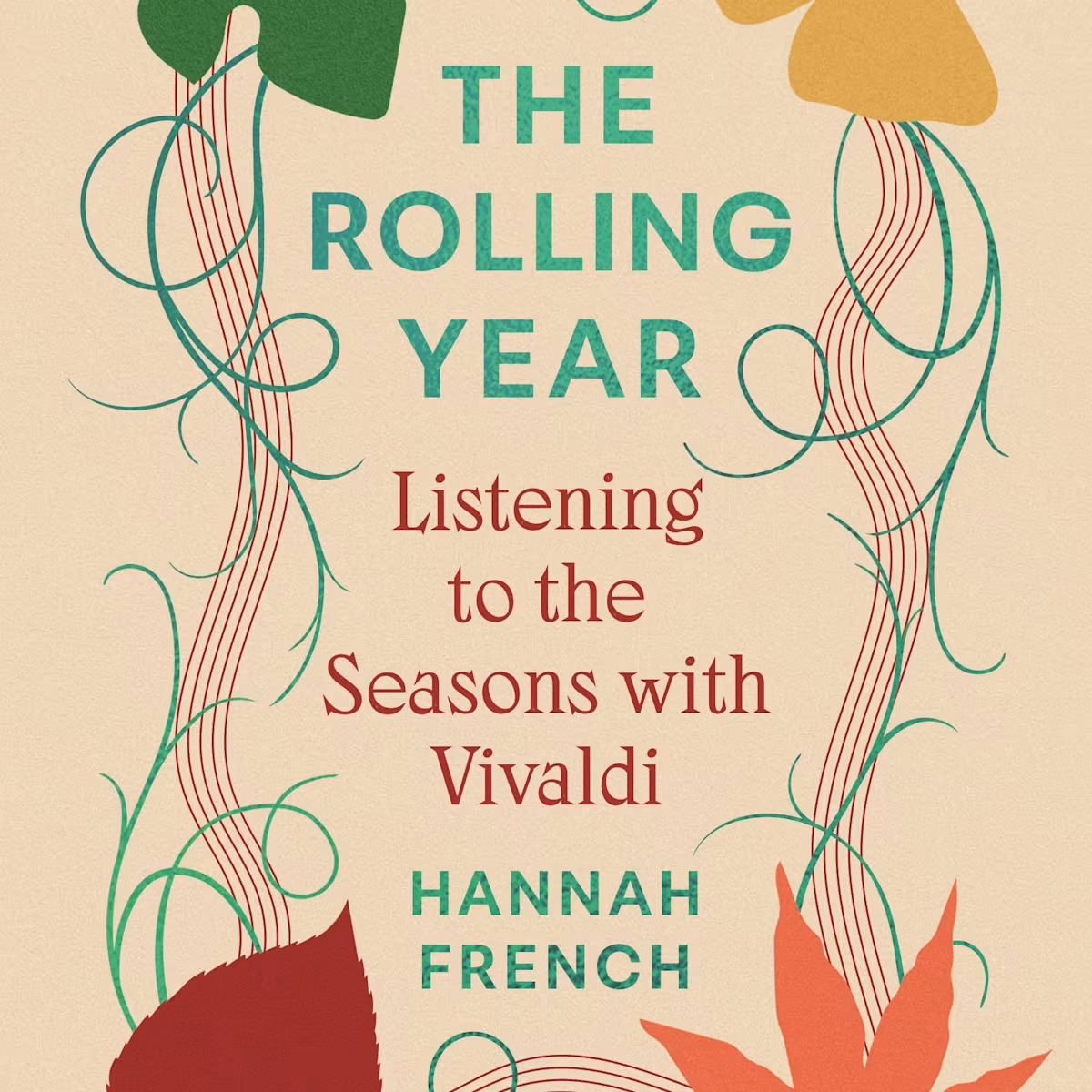Feature
Early Music? Early Food?
An invitation to the table from Michelle Berriedale-Johnson
Share this

Step into the world of culinary history with Michelle Berriedale-Johnson, food historian and dynamic host of Salon Music. Join her at the table where stories of food and music intertwine. Michelle tells us about the inspiration behind her unique house concerts:
If, as Salon Music does, you serve supper after your concerts - and if you happen to have been a food historian in a former life - the temptation to serve an appropriately ‘period’ meal with an early music concert is irresistible. But how?
Modern ‘salon’ concerts seek to recreate the gatherings that would have taken place in 17th, 18th and 19th century grand houses and in the drawing rooms of the well-to-do. In the more grandiose establishments, professional musicians might well be retained by the prince or lord of the manor; in more modest residences, family members and friends would sing or play on the pianoforte. But always there would be refreshments on offer. Sometimes merely wines or punches, soft drinks and ‘sweetmeats’, ices or syllabubs - sometimes a much fuller buffet from which guests could help themselves.
However, no matter what the age, the more impressive you wanted your buffet to look, the more meat or fish you should serve. This was especially the case in England, which was generally recognised to have superior quality meat and game to that found in continental Europe. Thick soups or ‘pottages’, stews, pies, bread, cheese and vegetables were everyday fare and although vegetables do appear in grand buffet menus, they are far outnumbered by the meat and fish dishes.
The menu in Thomas Dawson’s The Good Huswife’s Jewell in 1596, for example, suggested that a first course for a dinner should include:
First course: Boiled meat or Stewed meat, Chickens and Bacon, Powdered Beef, Pies, Goose, Pig, Roasted Beef, Roasted Veal, Potage or stewed broth, Custard.
Second Course: Roast Lamb, Roast Capons, Roast Conies (rabbits), Chickens, PeaHens, Baked venison, Tart.
However, quantity alone was not enough – the buffet table also needed to look impressive. Boars' heads, swans or peacocks, suckling pigs or salmon - all cooked and then stuffed to look alive - or huge raised pies filled with more meat or birds, occasionally even live ones. Although those four and twenty blackbirds were not actually baked in a pie, they were enclosed in a baked crust so that they could be dramatically released at the table when the pie was cut. That is not to say that there were not, in the ever growing library of cookery books that could be purchased from the 17th century onward, a great selection of other recipes – for pies, tarts, stews, vegetables and egg dishes. But the majority of them were designed for family eating and would be served hot so are not really appropriate for a cold buffet table.
Since such an extensive romp through the animal and avian kingdom is not really practical in a modern domestic kitchen – even were it environmentally acceptable - for our Salon Music concerts I have restricted us to one meat dish while trawling my collection of historic recipes books for vegetable or egg dishes which can be served cold and which could be thought ‘special’ enough to appear on the festive board.
Fanny Mendelssohn and a Salamagundy
Our first venture into historic eating came with the Hanover Square Quartet and the music of Fanny Mendelssohn back in May last year. For this we had a Salamagundy - a very popular 17th/ 18th century hors d’oeuvre dish made up of 10 or 12 foods, each with a contrasting sharp or bland flavour. This was accompanied by a broad bean and pine nut tart and Mrs Marshall’s Cabbage & caper salad. The latter was so well received that it now appears, by request, on every buffet table no matter what the historical period.

Thomas Hardy poems and dressed salmon
Next up was our concert in July of settings of Thomas Hardy's poems by Arthur Keegan and others – sung and played by Lotte Betts-Dean and James Girling. Our Edwardian supper included a dressed salmon, a ham and egg pie, mushrooms patties and a selection of Mrs Beeton’s very tasty salads.
A spinet – and a raised pie!
In November, Nathaniel Mander brought us his wonderful new spinet and a delightful hour of music by Rameau, Purcell, Handel and Mozart. I had decided to go for broke this time and created a raised pie loosely following a recipe in Hannah Glasse’s The Art of Cookery Made Plain and Easy: a hot water crust enclosing a very large chicken, half a dozen duck breasts, a dozen hard boiled eggs, forcemeats, onions, oats, beetroot, anchovies and mushrooms…. It was accompanied by a ‘froise’ of spinach, anchovies, onions, black beans and eggs.


John Dowland – a ‘platter of meates’ and a ‘dish of artichokes’
In January we were lucky enough to host the Continuo Foundation’s Patron Dame Emma Kirkby and the wonderful Jakob Lindberg singing and playing songs by John Dowland dating from the late 1500s/early 1600s.
So, following the dictates of Thomas Dawson, I did my best to create a ‘goodly spread of fowle’ – some fine fat chickens, pheasant and partridge – paired with his ‘dishe of artichokes’ – artichoke hearts and hardboiled eggs, in a raised pie crust, seasoned with apple cider vinegar. Along with an excellent, if not totally historically accurate, salad of potatoes, Cavolo Nero, spinach and currants seasoned with nutmeg.

And so to our upcoming concert, on April 8th of the Vauxhall Band Bassett Horn Trio – one of Continuo’s grantees.
Vauxhall Pleasure Gardens
The Vauxhall Pleasure Gardens were one of the wonders of eighteenth century London. Under the guidance of their enterprising leaseholder, Jonathan Tyers, twelve acres of woodland on the south side of the river Thames, had been ‘improved’ by the opening up of a large open piazza for strolling and dancing, the addition of walkways and supper boxes and an orchestra building on the first floor of which a permanent orchestra was installed for the duration of the summer season. The finest artists of the day, such as Tyers’ good friend William Hogarth, decorated its buildings; the finest musicians of the day, such as his friend George Frederick Handel, composed the music for its orchestra. For a shilling a person (£10-£15 in our money) visitors could spend the evening seeing and being seen, meeting acquaintances, setting up assignations, listening to the music, dancing – and having supper.

Supper however, was often to be endured rather then enjoyed! While providing a fine source of income for the gardens as no food was to be had elsewhere, the food was generally held to be both very expensive and poor in quality. Along with the general ethos of the gardens, it was resolutely English in character, consisting of thinly carved cold meats (so thinly carved it was claimed that you could read the paper through them), salad, pastries, cake, wines, ciders and punch.
‘Bills of fare’ from the 1760s offer a wide selection of wines and punches at prodigious prices, but restrict their food offer to ‘plates’ or ‘dishes’ of ham, beef, collared beef and potted meat, ‘salad’ plus a cruet of oil, a slice of cheese, a slice of butter and a slice of bread and a ‘heart cake’, a ‘custard’ or a Shrewsbury Cake.
Since there was no other food to be had, visitors made do with what they got, but the food did remain the butt of cartoonists' jokes throughout the century – see Dr Syntax holding up his ‘paper thin slice of ham’ in disgust.

So what will we serve our guests on April 8th at our basset horn concert, at which The Vauxhall Band trio will be reprising the music played by the three visiting Czech basset horn players, Messrs Dworschak, David and Springer, who played in the gardens in 1791.
While not wishing our guests to go away either hungry or dissatisfied, I feel that I cannot stray too far from the printed ‘bill of fare’. So it will be thinly sliced ham, beef and chicken – but sufficient quantities of all three – with at least one decent salad - and generous portions of cheese, butter and bread. Although we usually just serve fresh fruit as a dessert, in this case I feel that we should also offer both a slice of ‘heart cake’ and of Shrewsbury cake. I just now need to go and search through my library for the recipes.
Find out more about The Vauxhall Band's concert at Michelle's April Salon Music gathering and book tickets here.
(And if you are interested in knowing more about the Pleasure Gardens and the food served see this post on the Salon Music website, or the much more extensive and fascinating history of the gardens to be found on David Coke’s Vauxhall Gardens site, with a whole section on the infamous suppers.)
Share this
Keep reading

Rising from the ashes: Music for St Cecilia
For their 2025/26 season, Fiori Musicali are putting together a series of three concerts all tied together under the wings of the phoenix.

In Conversation: Agata Daraškaitė
Continuo Connect catches up with the first violinist of the Consone Quartet, Agata Daraškaitė to discuss her route into music and Consone's recent projects.

The Rolling Year: Listening to the Seasons with Vivaldi
On the 300th anniversary of Vivaldi's The Four Seasons, Dr Hannah French embraces the art of listening seasonally in her exploration of this classic work.

